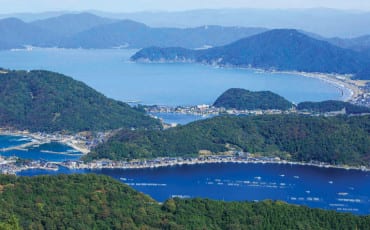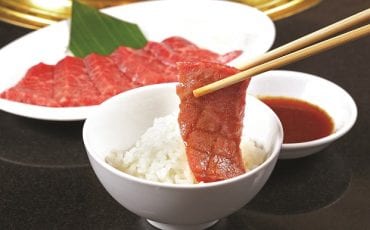Articles
Souvenirs
Nov 17, 2020
Souvenirs from Southern Ehime (Nanyo)
Curious in Nanyo! Take home these surprising keepsakes and memories.
Drive your way around Japan and you will inevitably come across michi-no-eki. Meaning “roadside station” in Japanese, these offer regional produce and goods. Two of the most curious michi-no-eki in Ehime are in Kihoku-cho, the country’s only municipality with the character for “oni” or “devil” in its name.
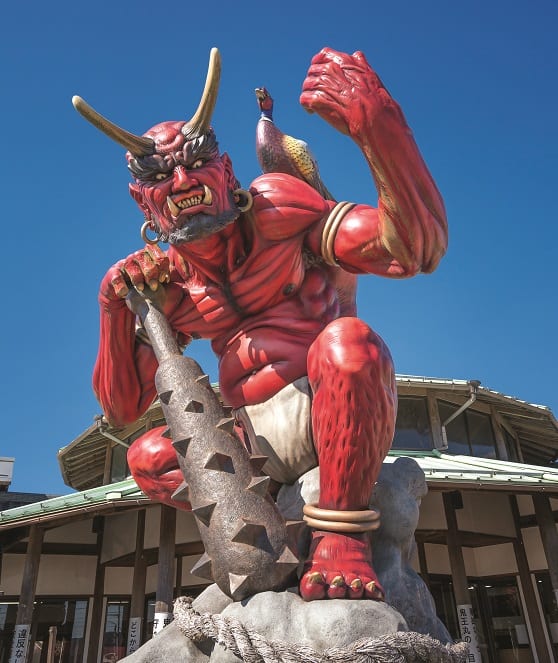
In 2013, the town began to embrace its unique feature to attract tourists and revitalise the area. It built a huge red oni at Michi-no-EkiHiromi Mori no Sankakuboshi (138-6 Naganoichi, Kihoku-cho, Kitauwa district, Ehime 798-1333.), which offers locally grown rice and a wide variety of local products such as pheasant miso and boar curry. Twenty minutes away, Michi-no-Eki Hiyoshi Yumesanchi (54 Shimokagiyama, Kihoku-cho, Kitauwa district, Ehime 798-1502.) has put up a massive 5m-tall ogress and her child; it also sells local food products and souvenirs.
Yuzu chuhai
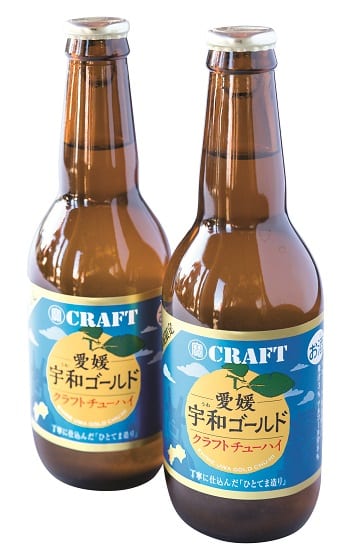
Craft Ehime Uwa Gold Chu-Hi is a limitededition chuhai from Uwajima of aged shochu with local yuzu. Refreshing!
Available at Michi-no-Eki Hiromi Mori no Sankakuboshi and Michi-no-Eki Hiyoshi Yumesanchi
Pheasant miso
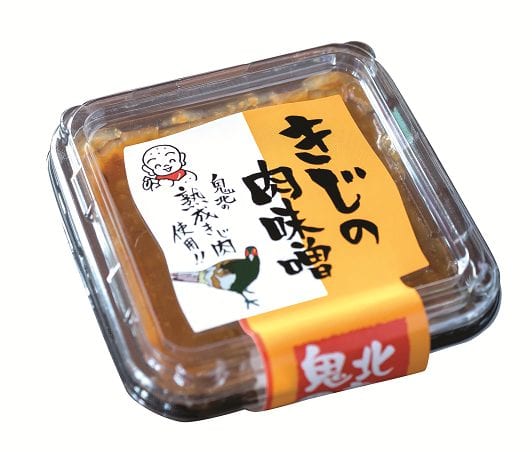
Known as kiji miso in Japanese, this is a real speciality of the local Kitauwa area, with the farmed pheasant meat mixed into savoury miso. Pheasant meat from Kihoku-cho is mixed with barley miso, and is eaten as a side dish with rice, vegetables and meat.
Available at Michi-no-Eki Hiromi Mori no Sankakuboshi and Michi-no-Eki Hiyoshi Yumesanchi
Kankuro manju
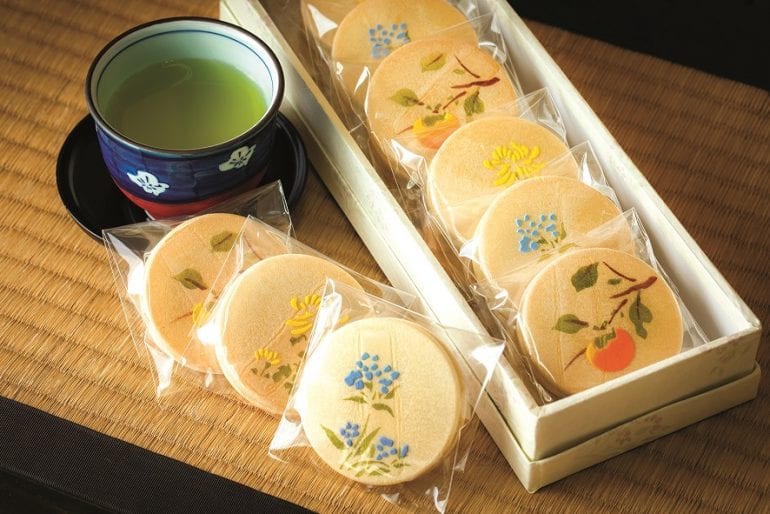
Yawatahama confectionery Miyagawakashiho offers pretty wagashi or Japanese sweets (above). But its most unique creation is its take on manju, a sweet bun filled with red bean paste.
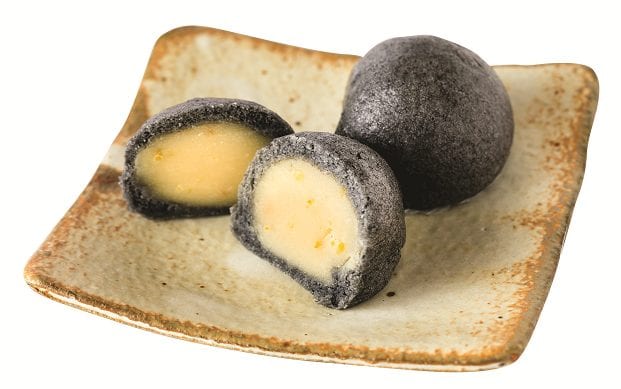
Its kankuro manju is made from black bamboo charcoal and filled with white bean paste, cream cheese and mikan rind. It is one of the 50 shops and eateries in the city’s “black list”, themed for the local hot-spring onsen’s black waters.
4-282-4 Shinmachi, Yawatahama city, Ehime 796-0088
Chestnut shochu
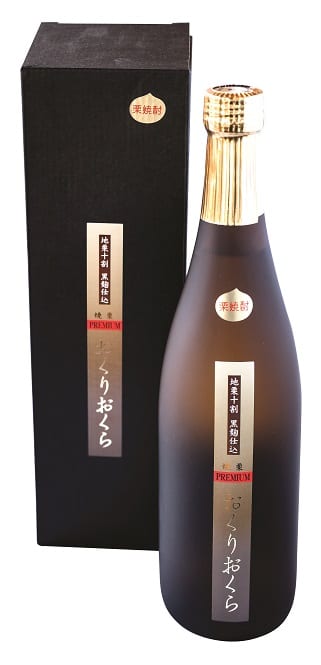
Shochu is a common Japanese distilled spirit, but chestnut shochu is harder to find. This star product from a Seiyo brewer is a pleasure to drink. Using roasted local chestnuts, Eikoh Himebayashi Okuri Okura Premium Shochu has a wonderful aroma, tastes a little sweet and goes down smoothly.
Available at Michi-no-Eki Hiromi Mori no Sankakuboshi and Michi-no-Eki Hiyoshi Yumesanchi
Tamagokake shoyu with yuzu
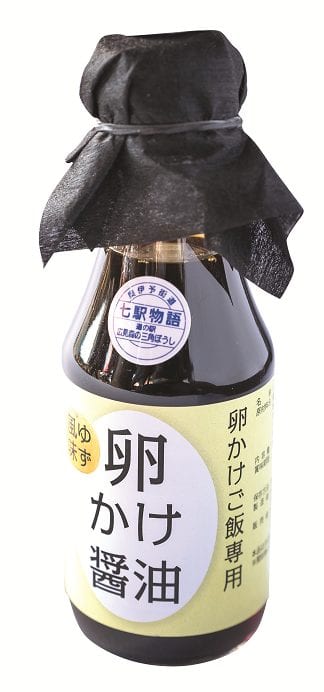
If you take your soya sauce seriously, then you need to pick up a bottle of this local version. With a soft, mellow finish, this is a purpose-built soya sauce, meant to be eaten with egg and rice, cold tofu — or just about any dish you fancy. The yuzu tang adds a refreshing taste.
Available only at Michi-no-Eki Hiromi Mori no Sankakuboshi
Citrus juice and jellies
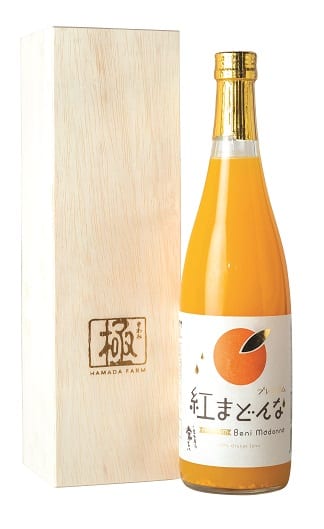
About 40 types of citrus fruits are grown in Ehime Prefecture, a major citrus fruit production area in Japan. The shelves of roadside stations and gourmet markets groan with the sheer number of orange juice being sold, some in posh packaging (above left), particularly those made from more exclusive varietals. Hamada Farm in Yawatahama sells a whole range of luxury orange juice, including top-grade Beni Madonna, Kanpei and Setoka varieties. Even everyday orange juice boxes (above right) and yuzu jellies (right) are filled with the nectar of top-grade Ehime fruit.
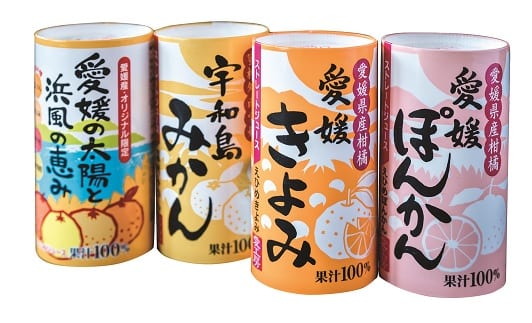
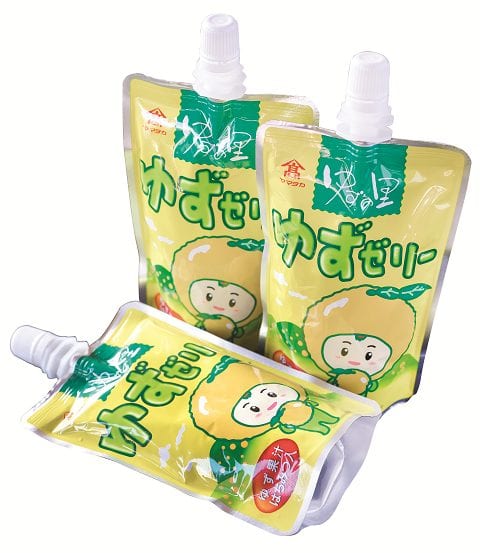
Available at Michi-no-Eki Hiromi Mori no Sankakuboshi and Michi-no-Eki Hiyoshi Yumesanchi
Jakoten fishcake
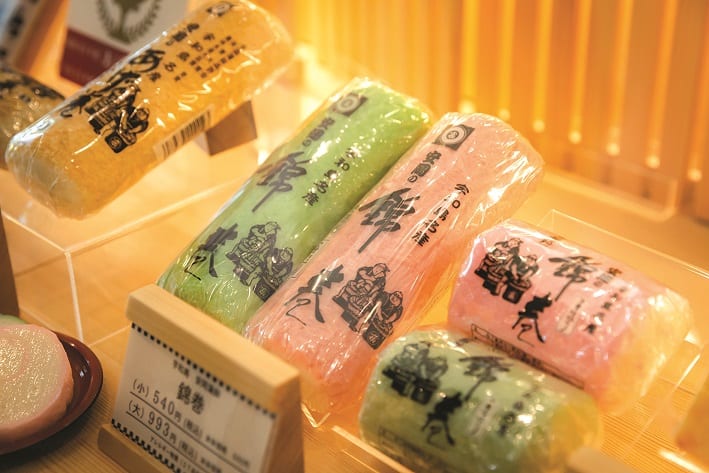
Salty and umami, the fried fishcakes known as jakoten — such as those from Yasuoka Kamaboko in Uwajima — are a great snack to fry up when you get back home. Plus, you don’t have to refrigerate the product when you buy it off the shelf, so it can be easily packed in your luggage.
293 Nakanonaka, Mima-cho, Uwajima city, Ehime 798-1133





